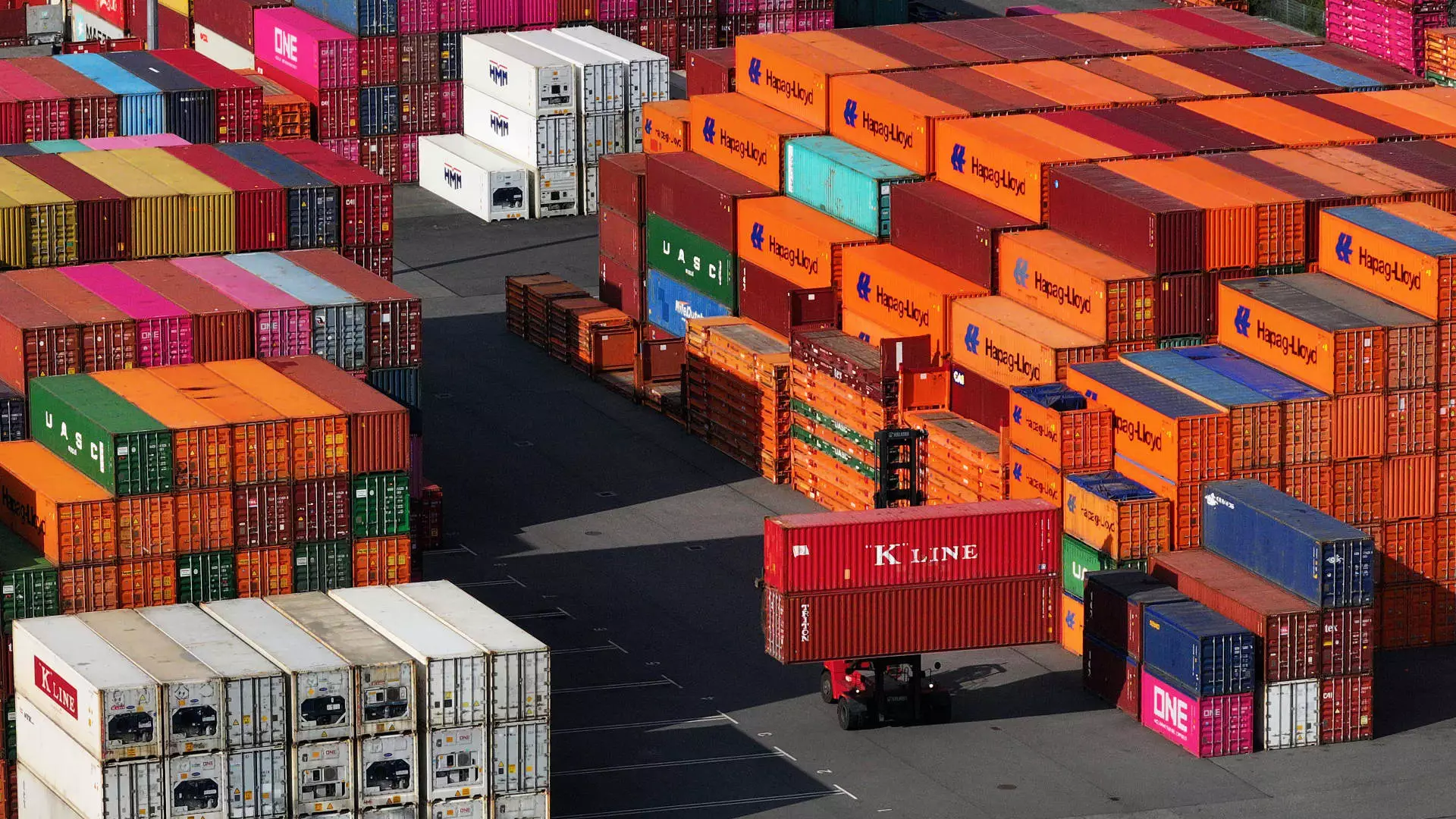In the realm of economic policy, few strategies evoke as much skepticism as the reliance on tariffs as a primary source of government revenue. President Donald Trump’s suggestion that the money generated from tariffs could one day offset federal income tax represents a destructive misunderstanding of both economics and the nature of global trade. Such proclamations sound alluring on the surface; who wouldn’t want to reduce the burden of income taxes? However, grounding fiscal policy on the unpredictable revenues generated from tariffs reveals a concerning lack of foresight that could ultimately place the American economy at serious risk.
The allure lies in the notion that tariffs serve as a quick-fix solution to address government funding woes while supposedly bolstering domestic production. However, the reality is that tariffs are fundamentally flawed as a consistent revenue stream. Analysts and economists have voiced doubt regarding the viability of tariffs surpassing income tax revenues, with many deeming such forecasts as fantasies lacking empirical support. A more grounded approach would consider the implications of tariff policy on economic growth—an aspect that is all too often ignored by populist rhetoric.
The Economics of Tariff Revenue: An Underwhelming Reality
Economists like Kimberly Clausing have laid bare the stark reality: a tariff base is exponentially smaller than the income tax base. In 2023, the U.S. imported $3.1 trillion of goods, while the income tax base soared over $20 trillion. What this disparity illustrates is the unsustainable nature of relying on tariffs as a replacement for the more stable and extensive income tax revenue. In essence, the administration’s optimism regarding tariffs is not just misguided; it is economically reckless.
The most thorough estimates suggest that while tariffs may yield some revenue, they invariably carry detrimental side effects—reduced consumption of imported goods, increased costs for American consumers, and an overall chilling effect on economic growth. Higher tariff rates do not magically generate more government revenue; they often lead to decreased economic activity due to increased prices and limited choices for consumers. As consumer demand retracts, revenues inevitably follow suit.
Stagflation Risks: A Dangerous Trade-Off
The most consequential misjudgment tied to tariff reliance is the potential risk of stagflation—an alchemy of stagnant economic growth combined with inflation. Recent economic forecasts from the International Monetary Fund signal troubling projections for U.S. growth rates, revising them downwards amid ongoing trade tensions. In a modern economy where market interdependence is greater than ever, adopting a fortress mentality marked by protectionist tariffs could result in a backlash that threatens economic prosperity, leading us towards the brink of stagnation while prices continue to rise.
Analysts have pointed out that while the administration may view tariffs as a panacea, they are more accurately a double-edged sword. Increased tariffs target foreign imports, which in theory would benefit domestic companies, but it’s crucial to recognize that these “benefits” come at the cost of domestic consumers who bear the brunt of inflated prices. The irony here is staggering: in an effort to shield American manufacturers, the government risks crafting an environment rife with economic peril for its citizens.
The Fragile Foundation of Economic Assumptions
Moreover, the assumption that tariff revenue could ever eclipse income tax is underpinned by overly optimistic projections that fail to acknowledge fundamental economic principles. Estimates like those of White House trade advisor Peter Navarro—predicting up to $600 billion in annual tariff revenues—are not merely optimistic; they are disconnected from reality. Experts suggest that if the United States were fortunate enough to achieve $100 billion to $200 billion, it would be a major win, showcasing just how far off the mark the administration’s projections are.
With such glaring contradictions and economic miscalculations, reliance on tariffs can only lead to a precarious fiscal policy framework. While the idea of replacing income tax with tariff revenues seems alluring to some, it is imperative that we hold our policy-makers accountable and demand a pragmatic approach backed by realistic revenue expectations rather than fanciful projections that could sabotage America’s economic future. The stakes are simply too high to permit a gamble on such a perilous strategy.

